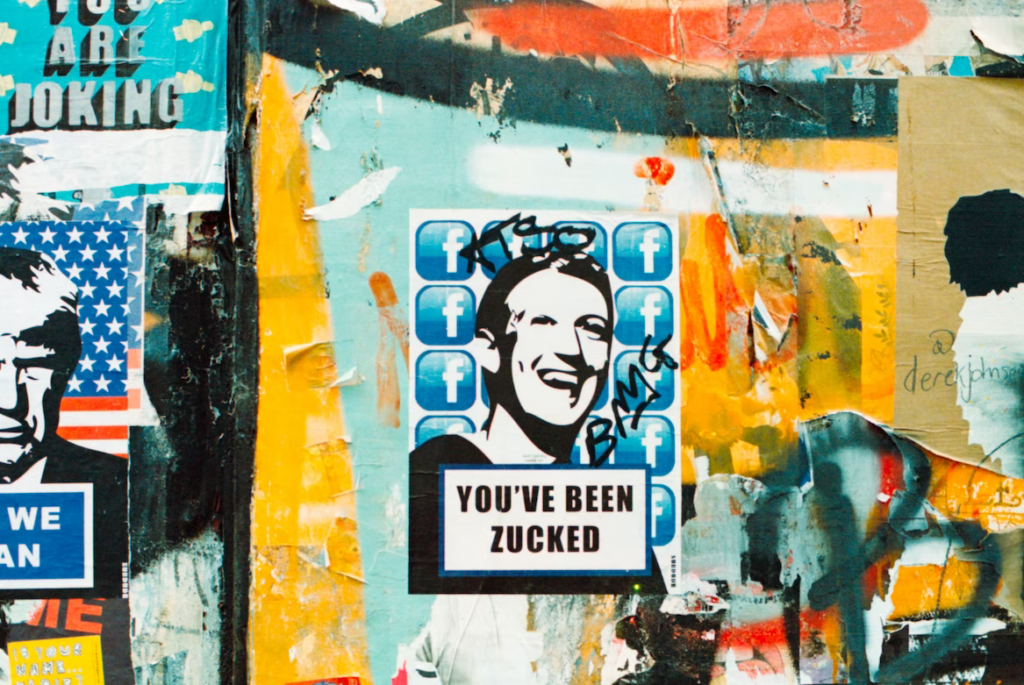Introduction
Twitter’s been serving out some bans for content that links to a rival social media site named Mastadon. Elon Musk, the CEO of Twitter, SpaceX, Tesla, and many other ventures, has labelled the site as “potentially harmful”. It resembles a dispute over Facebook that happened decades ago between the current CEO of Facebook, Mark Zuckerberg, and a group of three Harvard University students.
We all know of or have used Facebook at least one point in our lives. Credit goes to Mark Zuckerberg for letting the whole world connect with each other through a social network. However, the origins of Facebook have other major figures. Figures that would make Meta or Facebook either not exist or be delayed in its creation. Who are these figures? Let’s find out.

Who Are These Lesser Known Figures
The lesser known figures attended the same university at the same time that Mark Zuckerberg did. Prior to Facebook being known as Facebook, it was known as ConnectU. In addition, prior to having the name ConnectU, the social network was called Harvard Connection. ConnectU was founded and conceived by Harvard University students named Divya Narendra, Cameron Winklevoss, Tyler Winklevoss in December 2002. The main purpose of ConnectU, much like Facebook or Meta today, was to let Harvard University students add people as friends, message them, and update their personal profiles.
Divya Narendra, CEO and founder of SumZero, in 2011. Picture by Pallavi054. Licensed using Creative Commons Attribution-Share Alike 3.0. No changes were made.
Divya Narendra
Divya Narendra is an American businessman and CEO of SumZero. He is the oldest son of Indian doctors that moved to New York, USA in 1982, where Divya was born. His parents wanted him to become a doctor, but he dreamt of becoming an entrepreneur. He founded Harvard Connection, later known as ConnectU, along with Tyler and Cameron Winklevoss. He also founded a company named SumZero.
Harvard Connection
Harvard Connection had help from multiple Harvard students to program and code the site. Most students that the Harvard Connection team had help from were trustworthy and honoured their commitment to the site.
The first is Sanjav Mavinkurve, who joined in January 2003 and left in the spring of 2003 after graduating and going to work for Google.
Then, the Harvard Connection team of Narendra and the Winklevosses approached another Harvard programmer Victor Gao to work on the site. Victor chose to be paid in a work for hire capacity on a rolling basis instead of becoming a full partner in Harvard Connection. Victor then excused himself in the second half of 2003 due to personal obligations.
Then Mark Zuckerberg was approached in November 2003 to help program the site.
Mark Zuckerberg
In November 2003, Mark Zuckerberg heard about Harvard Connection and agreed to join after being approached by the Winklevosses and Narendra. This is after a large amount of the code for the site was already done. Divya Narendra shared secret project details and code with Zuckerberg, including private server locations and the password for the unfinished HarvardConnection website and code. It’s alleged that Zuckerberg agreed to be paid in “sweat equity” rather than being paid for his service.

Days and weeks later, Zuckerberg began dodging calls and meetings about the Harvard Connection project by claiming that he was “too busy” or “swamped with work”. Mark then emailed Divya Narendra on January 8th, 2004 about being “completely swamped with work that week” but “made some key changes which seemed to be working great” on his computer. On January 11th, 2004, Mark Zuckerberg registered the domain name thefacebook.com, which would become Facebook, or Meta. A month later on February 4th, 2004, Mark Zuckerberg launched thefacebook.com website, which needed a harvard.edu email address to register.
The Lawsuit
Divya and the Winklevoss twins learned about Facebook on February 6th, 2004, after students were buzzing about it on campus, and met with the dean of Harvard University unsuccessfully. In September 2004 the three then sued Mark Zuckerberg for “intellectual property theft”, or for stealing their idea. The lawsuit lasted years, and Facebook expanded worldwide during this time. Mark claimed that he didn’t use a single line of code from Harvard Connection. Afterwards, Zuckerberg agreed to an out-of-court settlement of $65 million to Divya Narendra and the Winklevoss twins. Included in the settlement for Divya Narendra was being granted a small percentage of company shares as a part owner of Facebook.
Summary
In short, the true innovators of the social networking website that Facebook based itself from was called “Harvard Connection”, and later “ConnectU”. It was headed by three Harvard University students named Divya Narendra, Cameron Winklevoss, and Tyler Winklevoss. Things went sideways for the three when they started off succeeding with hiring multiple Harvard University coders to build Harvard Connection. Their main penalty was not protecting themselves with something such as a written agreement or contracts between themselves and Mark Zuckerberg. Not having this allowed Mark Zuckerberg to tweak the code by himself, leave Harvard Connection non-functional, and launch one of the most active social networks, Facebook.
Know any similar stories to this? What are your thoughts on Twitter’s bans on Mastadon-related content? Let us know in the comments below!


